21 Comments
 I just got my first drone. And that of course means I need my first dedicated drone camera bag. Enter my good friends at Think Tank Photo who make some of the finest camera bags in the world and their new updated Think Tank Photo Helipak Backpack V. 2.0 has just been upgraded to fit my drone which is the DJI Phantom 4. Like all Think Tank backpacks this one is comfortable, well-designed and very sturdy. It’s been specifically redesigned to fit the Phantom 4 but based on my best estimate, it should fit any similarly sized drone just fine, DJI brand or not. One of the first things I’ve learned about drones is that they have even MORE accessories than the average camera and thankfully, the Airport Helipak has room for all that stuff and even has a dedicated 15” laptop compartment. The new design is carry-on compatible for both U.S. domestic or international airline travel. Its custom divider set allows maximum room for extra accessories and gear. According to Doug Murdoch, who is Think Tank Photo’s CEO, “We updated the backpack to carry a DJI Phantom 4, a 15” laptop, controller, GoPros, chargers, spare rotors, extra batteries, jacket, tools, and more. The contoured adjustable harness with lumbar support, articulated air-channel, removable padded waistbelt, and height-adjustable sternum strap enable comfort for travel into remote areas.” While I am personally unlikely to be traveling to many truly remote areas, the jungle known as today’s modern airport is just about the perfect proving ground for testing one of these bags. When you’re traversing an airport (or the open road) one thing that is very important is weight distribution and as usual, Think Tank has figured out how to do that just right with the new Helipak. After roaming SeaTac Airport all day with this bag on my back I wasn’t at all tired. THE DETAILS Like all of Think Tank’s camera bags, this one uses the best YKK RC Fuse zippers, 1680D Ballistic nylon bottom panel, metal hardware, and nylon webbing are the most durable, long-lasting materials on the market. There is the usual side pocket for tripod attachment or water bottle and did I mention plenty of room for accessories inside? Think Tank offers see-through mesh pockets for small accessories: rotor blades, screwdriver, cables, and just about anything else you can think of. NOTE: TSA was very invested in my supply of batteries and extra rotor blades so be prepared to make sure you are following all airline rules when you pack this thing up. Just because the bag can hold it doesn’t mean TSA wants you to bring it. Another feature I like about ALL Think Tank bags is their handles. While this may be something that doesn’t seem that sexy to many of you, it’s one thing that matters a great deal to me. I have had bags fail at the handle. And even if they don’t fail some are so darned uncomfortable that they might as well fail. After all you will be grabbing these handles to pull the bag from overhead bins, car trunks, and gear closets. It needs to be solid AND comfortable and I can attest that the handles on the Airport Helipak V2.0 Backpack are both. OTHER FEATURES The bag is water repellant, has ultra-stretch pockets, Y-buckles and antique finish metal hardware, big hole air mesh, nylon webbing, and 3-ply bonded nylon thread. PRODUCT SPECIFICATIONS Exterior Dimensions: 13.6” W x 19.7” H x 9.3” D (34.5 x 50 x 23.5 cm) Interior Dimensions: 13” W x 19” H x 8.3” D (33 x 47.8 x 21 cm) Laptop Compartment: 12.6” W x 17.3” H x 1.4” D (32 x 44 x 3.5 cm) Weight (with all accessories): 4.6 lbs. (2.1 kg) CONCLUSION I have never been disappointed by any bag made by Think Tank Photo and when I am torn between two brands, finding similarly situated bags, I almost always opt for the Think Tank brand because they just work. HIGHLY RECOMMENDED! You can order the Airport Helipak V2.0 Backpack from our partners at B&H. |
Copyright 2017 - 2021 - All Rights Reserved


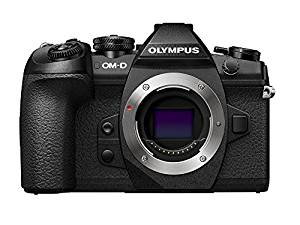
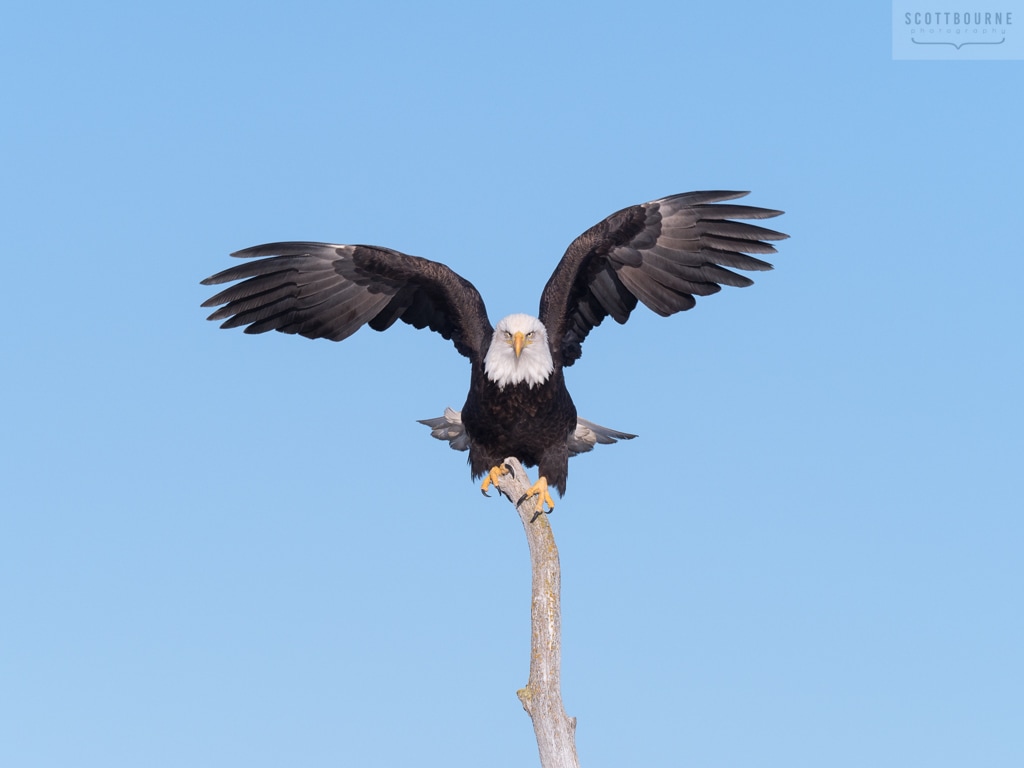
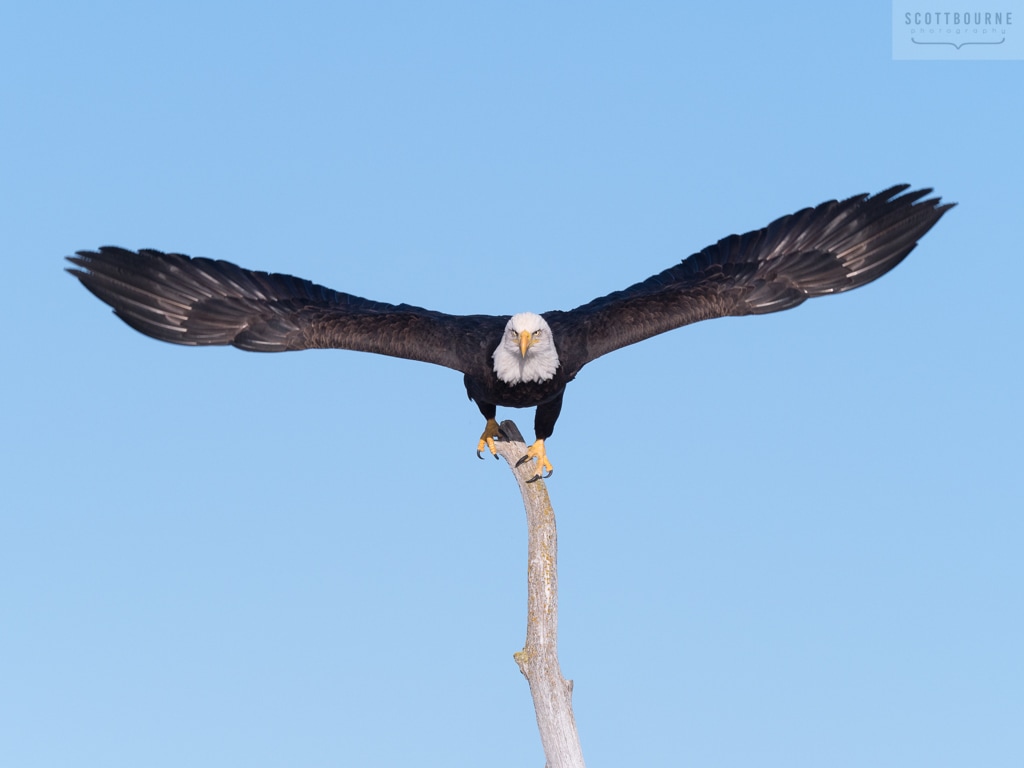
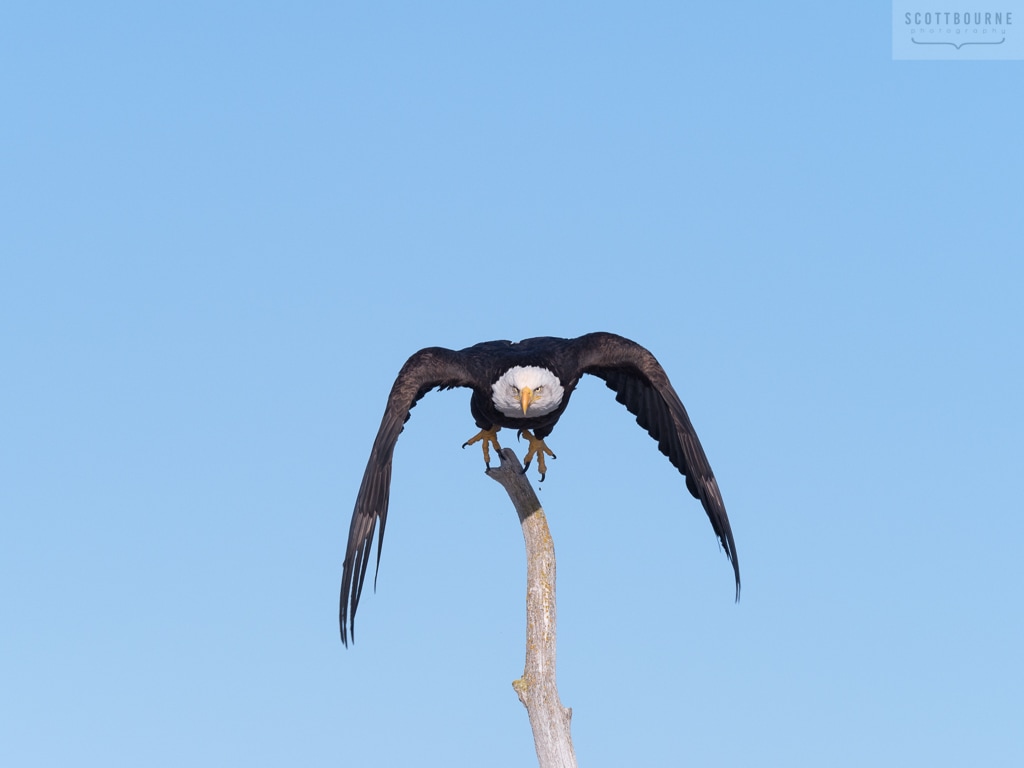
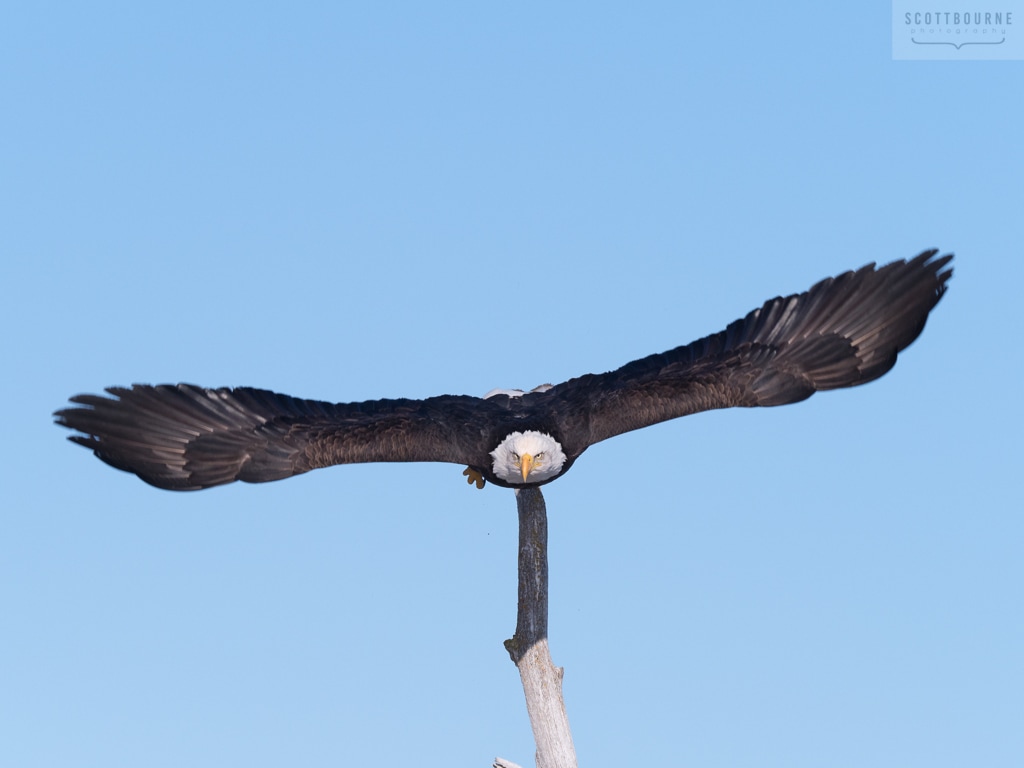
 RSS Feed
RSS Feed